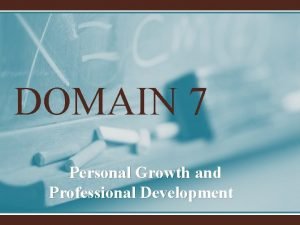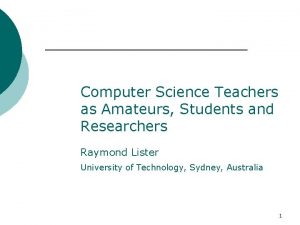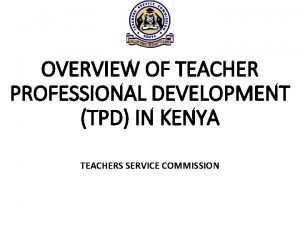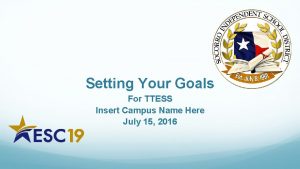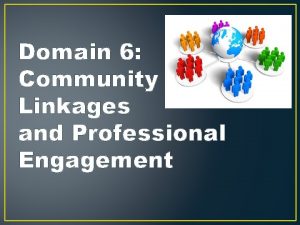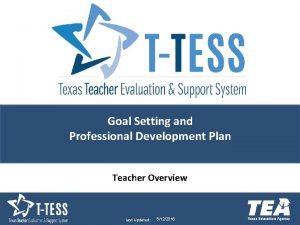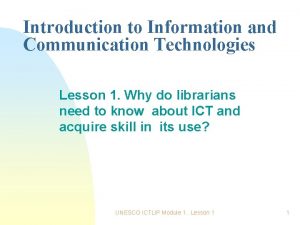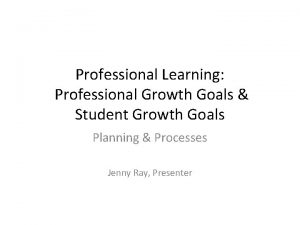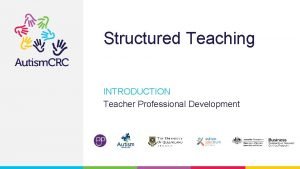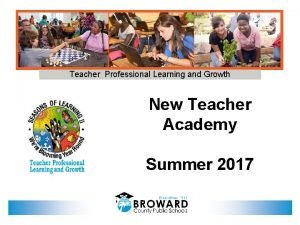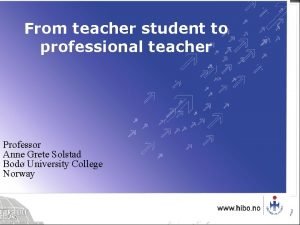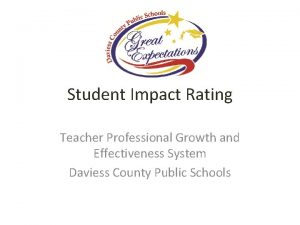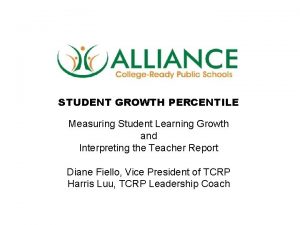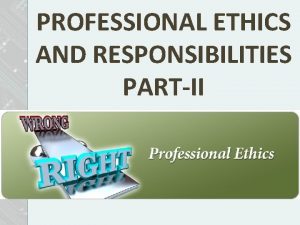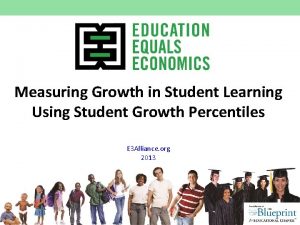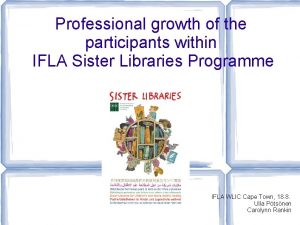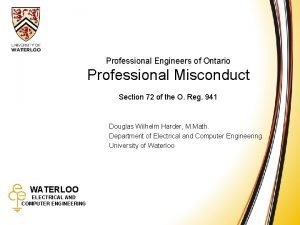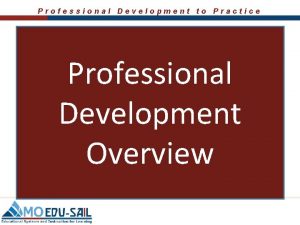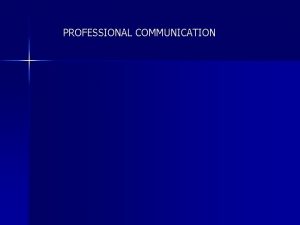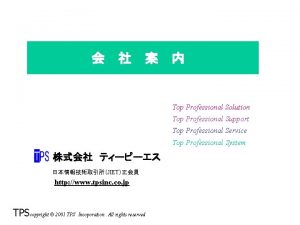Student Growth within the Teacher Professional Growth and





















- Slides: 21

Student Growth within the Teacher Professional Growth and Effectiveness System (TPGES) Overview 1

Proposed Multiple Measures All measures are supported through evidence. State Contribution: Student Growth % Local Contribution: Student Growth Goals 2

GOAL SETTING FOR STUDENT GROWTH: © 2012, Stronge & Grant. Used with permission. 3

Student Growth Process Step 1: Determine needs Step 2: Create specific learning goals based on preassessment Step 3: Create and implement teaching and learning strategies Step 4: Monitor student progress through ongoing formative assessment Step 5: Determine whether students achieved the goals 4

Step 1: Determining Needs Step 1: Determine needs Step 2: Create specific learning goals based on preassessment Step 3: Create and implement teaching and learning strategies Step 4: Monitor student progress through ongoing formative assessment Step 5: Determine whether students achieved the goals 5

Step 1 Determine Needs A. Work with your grade level/content specific colleagues to identify the essential skills and content within your discipline. B. Considering your current students’ abilities, pinpoint areas of need from the list you created in part A. Work 6

Determine Needs Step 1 C. Select an enduring skill or concept from list B that can be measured over the course of the year. D. Select a literacy connection which can be used as part of the instructional process throughout the year to improve the skill or concept. Note: The literacy strategy may be used as the essential skill. Work 7

Determine Needs Step 1 E. Decide on a source of evidence that can provide pre- and postdata on student progress toward the selected skills or concepts, and literacy connections for your content area. (Assessment Options – Formative, Unit, Quarterly; Rubric; Project; Performance) *STAR reading may be third measure for all core literacy connections. 8

Which sources of evidence work best for student growth goal setting? Interim Assessments District Assessments s d r da n a St ased b Student Portfolios s u o or g i R Rubrics Common Assessments e bl a r a p m o C Student Performances ive t p ri c s De ubrics R Products LDC/MDC Classroom Assessments 9

Step 2: Creating Goals Using the SMART Process Step 1: Determine needs Step 2: Create specific learning goals based on preassessment Step 3: Create and implement teaching and learning strategies Step 4: Monitor student progress through ongoing formative assessment Step 5: Determine whether students achieved the goals 10

SMART Goal Process for Student Growth S M A R T Specific- The goal addresses student needs within the content. Measurable- An appropriate instrument or measure is selected to assess the goal. Appropriate- The goal is clearly related to the role and responsibilities of the teacher. Realistic- The goal is attainable. Time-bound- The goal is contained to a single school year/course. The goal is measurable and uses an appropriate instrument. The goal is standards-based and directly related to the subject and students that the teacher teaches. The goal is doable, but rigorous and stretches the outer bounds of what is attainable. The goal is bound by a timeline that is definitive and allows for determining goal attainment. The goal is focused on a specific area of need. 11

Create Goals Step 2 Additional Required Components of Student Growth Goal: Growth Statement - What will the individual student accomplish? Proficiency Target - How many of the students will reach the level of growth? Note: Proficiency is a minimum of 80%. 12

Sample Growth Goal For the 2011 -2012 school year, 100% of students will make measurable progress in writing. Each student will improve by one performance level in three or more areas. Furthermore, 80% of students will score a three or better as measured by the LDC writing rubric. 13

Create Goals Practice • • • Pair up with another person at your table. Is it SMART? • Analyze your assigned goal against SMART criteria. • What feedback would you give to the teacher who had this goal Sample Student Growth Goals • Using the examples identify the SMART criteria in your assigned goal. • Identify the Growth statement and the Proficiency statement. 14

Create Your Goals Work Time Work with your grade level Content specific partner(s). Write your goal from the enduring skill you have selected. Be sure to include the literacy connection. Write a literacy goal unless it is connected to your content goal. 15

Step 3: Creating and Implementing Strategies Step 1: Determine needs Step 2: Create specific learning goals based on preassessment Step 3: Create and implement teaching and learning strategies Step 4: Monitor student progress through ongoing formative assessment Step 5: Determine whether students achieved the goals 16

Action Plan 17

Step 4: Monitoring Student Progress and Making Adjustments Step 1: Determine needs Step 2: Create specific learning goals based on preassessment Step 3: Create and implement teaching and learning strategies Step 4: Monitor student progress through ongoing formative assessment Step 5: Determine whether students achieved the goals 18

Step 5: Determining Goal Attainment Step 1: Determine needs Step 2: Create specific learning goals based on preassessment Step 3: Create and implement teaching and learning strategies Step 4: Monitor student progress through ongoing formative assessment Step 5: Determine whether students achieved the goals 19

Conference with Your Administrator Enter Into Ciits 20

QUESTIONS 21
 Classroom development plan
Classroom development plan Student good morning
Student good morning Jesus the teacher within
Jesus the teacher within Reflection about 7 domains of ppst
Reflection about 7 domains of ppst Direct method of teaching english is also known as
Direct method of teaching english is also known as Teacher and student amateur
Teacher and student amateur Who is plato's teacher
Who is plato's teacher Teacher student dialogue
Teacher student dialogue What is kenya professional teaching standards
What is kenya professional teaching standards Write an email to your teacher example
Write an email to your teacher example Examples of ttess professional goals
Examples of ttess professional goals Community linkages and professional engagement of teachers
Community linkages and professional engagement of teachers Code of ethics article 10 section 2
Code of ethics article 10 section 2 Gspd goals
Gspd goals Unesco conclusion
Unesco conclusion Erf deped requirements
Erf deped requirements Good afternoon, teacher
Good afternoon, teacher Plant growth analysis
Plant growth analysis Shoot system
Shoot system Primary growth and secondary growth in plants
Primary growth and secondary growth in plants Primary growth and secondary growth in plants
Primary growth and secondary growth in plants Professional growth systems
Professional growth systems



